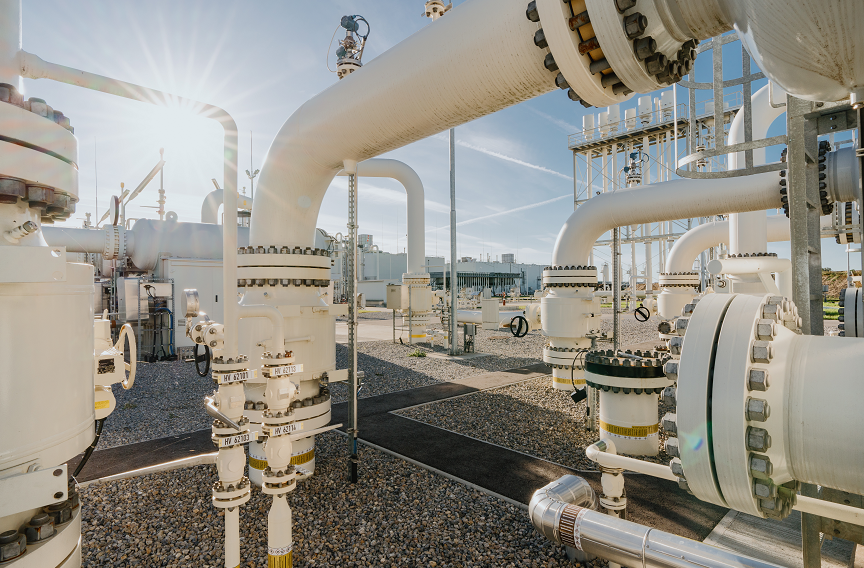The reports contain Union-wide simulations on gas storage, supply scenarios and possible exports to neighboring countries. Different scenarios and LNG supply potentials were analyzed.
The most important results at a glance
- On April 1, 2025, EU gas storage was at 34% (388 TWh) - lower than in previous years due to high storage withdrawals in winter.
- To get off to a good start in winter 2025/26, Europe needs more LNG inflows than in recent summers. According to ENTSOG, early injection is crucial.
- Unplanned maintenance work could put additional pressure on the injection phase.
- European gas infrastructure - including new LNG terminals - strengthens flexibility and security of supply in the EU.
- According to ENTSOG, an adequate supply of LNG is necessary to avoid supply bottlenecks in the event of a complete Russian supply failure or a long injection phase.
For the coming winter, ENTSOG shows that a storage level of 34% at the start of the summer is sufficient to maintain a level of over 30% by the end of the winter, taking into account storage and import capacities - in all EU member states.
Review of summer 2024
- Gas consumption in the EU fell by 2.7 % compared to summer 2023 and by as much as 17.9 % compared to the five-year average.
- Total gas supply fell by 6.4%, partly due to lower demand and high storage levels at the start of the season.
- The share of LNG in supply fell to 29% (after 37% in summer 2023).
- Norway remained the largest pipeline supplier; the share of pipeline gas totalled 53,5 %.
ENTSOG Director General Piotr Kuś emphasises the role of storage facilities: “It is crucial to start injecting energy at an early stage and to continuously monitor storage levels in order to ensure security of supply in winter.”
Click here for the ENTSOG "Summer Supply Outlook 2025"

